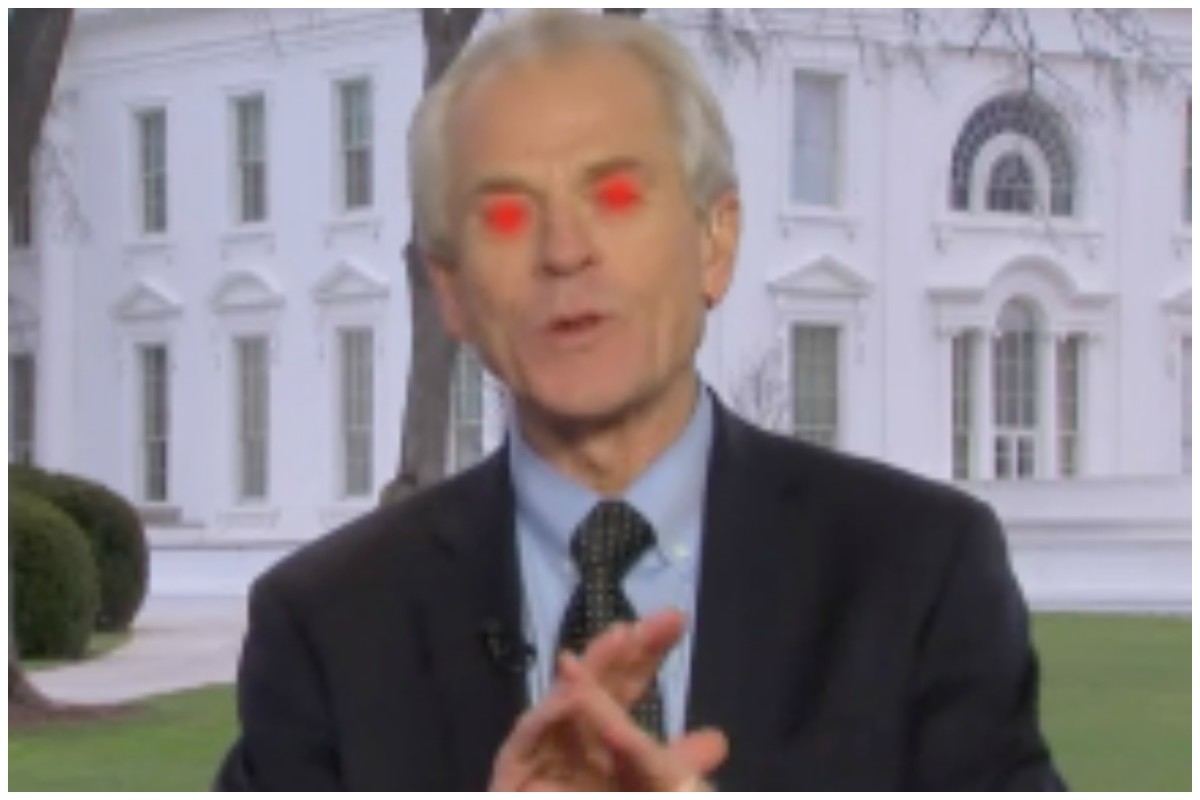
It is not usual for me to write a column about an IP conference that is still ongoing. But 2020 has not been usual in any way, so why not — especially when the first half of the conference was replete with interesting insights into the current state of the IP market. The conference in question, the seventh annual installment of IP Dealmakers Forum, kicked off last Monday night with a noteworthy virtual icebreaker event, followed by two panels a day on Tuesday and Thursday. (More on the icebreaker event toward the end of this column.) Throw in an interesting keynote opening interview with Carnegie Mellon’s Rayid Ghani on using AI tools to drive social equity goals and there is plenty to talk about. First, however, let’s touch on some of the interesting takeaways I gleaned from the panels.
Before getting into my idiosyncratic list of observations from the IP Dealmakers panels, a word of caution. In no way is what follows a full recap of what was said, or even reflective of all the different discussion threads that arose in any given panel. For the full immersive experience, my best advice is to attend IP Dealmakers, since I am already on record as saying it is easily in the top echelon of IP conferences (and I have previously disclosed that I have been allowed to attend in the past in my capacity as the author of this IP column, as I was this year as well.)
One of my favorite things about IP Dealmakers is the candor of the panelists, both in terms of conveying their personal enthusiasm for their jobs as well as regarding their perspectives on the hot issues of the day in the IP space. I credit the moderators and event organizers for creating an ethos at IP Dealmakers where an attendee may or may not agree with everything they hear, but can expect that each panelist will do a great job setting out their (and often by extension their employer’s) view of the state of play in IP. As an attendee, it is great to hear panelists speak candidly about the issues that command their attention, such as when Cisco’s Leslie McKnew highlighted two current IP hot topics as worthy of our continued focus going forward: 1) the impact of COVID-19 on IP trial practice, including the differing approaches nationwide to the question of whether to conduct live trials, and 2) the NHK-Fintiv/rocket docket interplay that threatens to upend PTAB practice (addressed on these pages in two columns here and here.) Add in her comments about the potential benefits of having litigation funders backing patent cases taking a seat at the settlement table and one was left with a veritable triple-play of insights from a key decision maker at a leading IP litigant, to say the least.
McKnew’s comments about the interests of concern as the head of litigation for a company that is frequently in the role of patent litigation defendant were buttressed by those of RPX’s Robert Heath. As anyone who practices in the patent monetization space knows, things remain very active both for NPE’s and operating companies looking to generate revenue from their patent portfolios — despite COVID-19’s ravages. As a result, it was not surprising to hear Heath confirm that RPX is at its busiest point in the last five years, a level of activity fueled at least in part by the flow of outside (third party, e.g., litigation funder) capital into IP monetization. Acknowledging that RPX assumes that funded litigation campaigns involve better-vetted — if not demonstrably higher quality — patents, Heath also pointed out that the size and scope of deals that RPX is handling has grown, mainly as a consequence of the increased risk posed to RPX’s members from well-capitalized plaintiffs wielding stronger patents.
In addition to those defense-side perspectives, there were also some insights presented by representatives of entities focused on patent monetization. From Acacia’s Marc Booth, who pointed out that sophisticated patent assertion entities could be very successful even without litigation funding, as long as they maintained a laser focus on only acquiring/deploying high-quality patents, to GenePool’s Jay Yonamine, who highlighted the opportunities presented by the new regulatory regime around cannabis, the refrain from the patent owner side was one of guarded optimism about monetization prospects going forward. That optimism was also reflected in a very informative panel about university tech transfer licensing prospects, which featured a number of insights about the interplay between tech transfer offices, outside lawyers, and in an increasing capacity, litigation funders. The importance of working with inventors to identify favorable assets and enforcement opportunities was stressed, along with the need to make sure that enforcement efforts by a tech transfer office have the approval and support of all necessary stakeholders. Linking the varied discussions on monetization? A focus on quality assets, as well as the necessity of a thoughtful approach to enforcement partnerships, whether those be with funders, nonpracticing entities, or outside law firms.
While I hope that the above provides a flavor for the content so far from this year’s IP Dealmakers — with another week of programming still to consume and digest — I also do not want to undercut the social benefits of participating in an industry conference. Even a virtual one, especially when the organizers have the good sense to open things with a fun virtual event that encourages audience connection. This year, the (virtual) kick-off social event was a very well-organized high-end whiskey tasting, led by a personable and knowledgeable whiskey sommelier over Zoom. Yes, the whiskey was delicious, and I learned a lot from the sommelier. More importantly, however, the event helped generate a feeling of connection to my fellow participants, all IP professionals from a wide variety of market participants. IP Dealmakers is known for delivering on the content side. But its biggest accomplishment, at least so far and in my personal view, was in celebrating the esprit de corps that is one of the best parts of IP practice, despite the challenges of COVID-19. While the pandemic has impacted all of us, IP Dealmakers provides strong evidence that IP activity is in no danger of slowing down. Which is as good an opening message as any IP conference can send nowadays.
In next week’s column, I’ll will take a look at the goings on at the remaining sessions of IP Dealmakers Forum 2020.
Please feel free to send comments or questions to me at gkroub@kskiplaw.com or via Twitter: @gkroub. Any topic suggestions or thoughts are most welcome.
Gaston Kroub lives in Brooklyn and is a founding partner of Kroub, Silbersher & Kolmykov PLLC, an intellectual property litigation boutique, and Markman Advisors LLC, a leading consultancy on patent issues for the investment community. Gaston’s practice focuses on intellectual property litigation and related counseling, with a strong focus on patent matters. You can reach him at gkroub@kskiplaw.com or follow him on Twitter: @gkroub.





 Kathryn Rubino is a Senior Editor at Above the Law, and host of
Kathryn Rubino is a Senior Editor at Above the Law, and host of 








 Jordan Rothman is a partner of
Jordan Rothman is a partner of 
